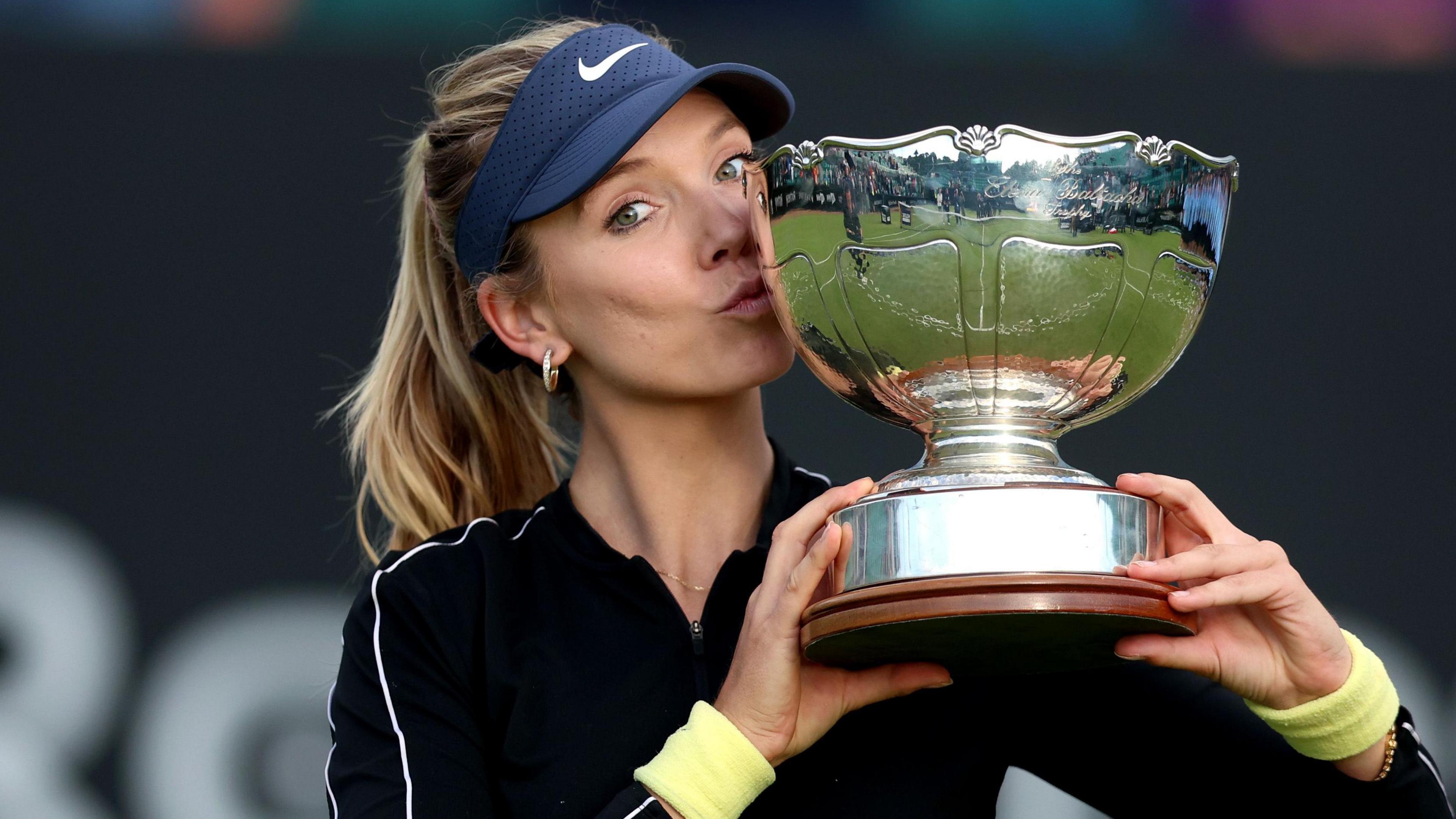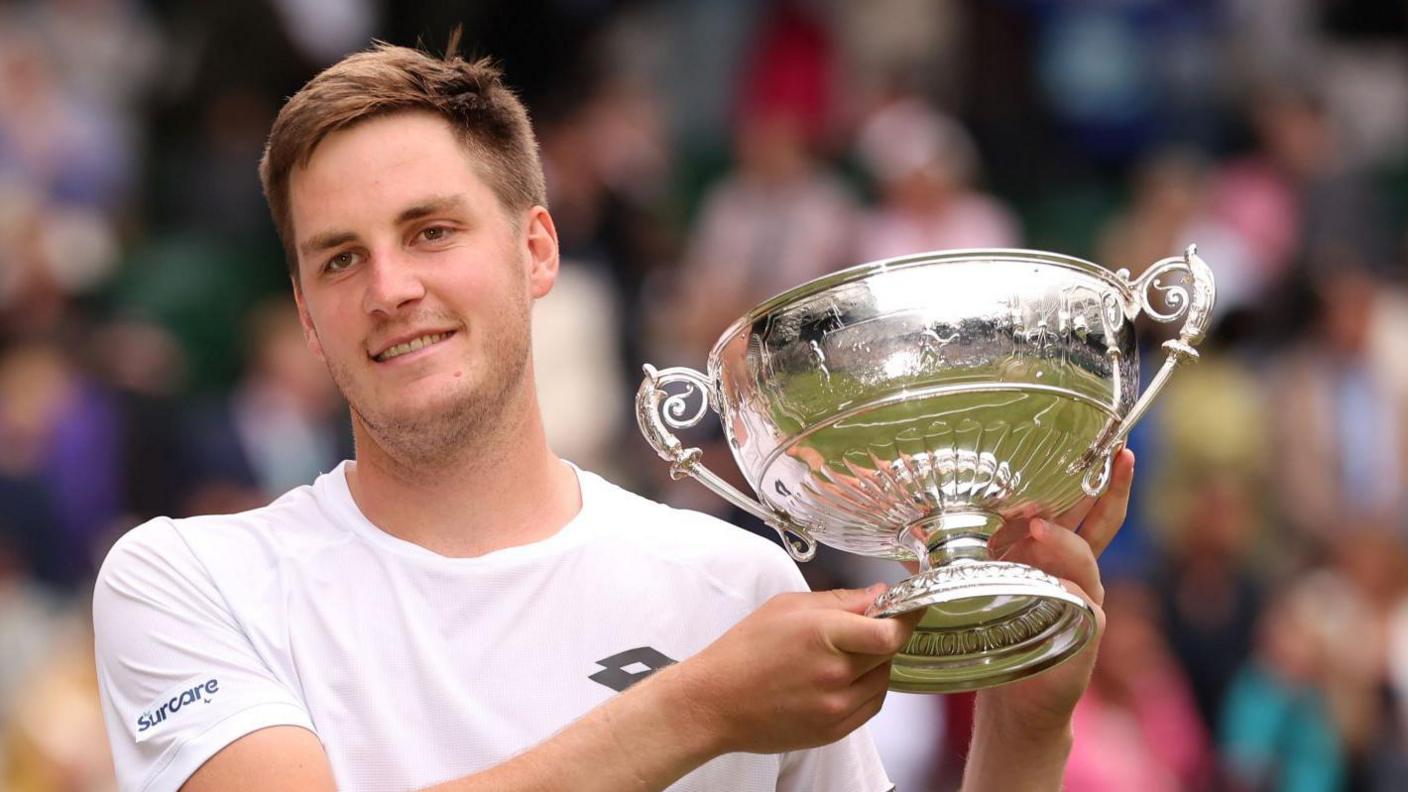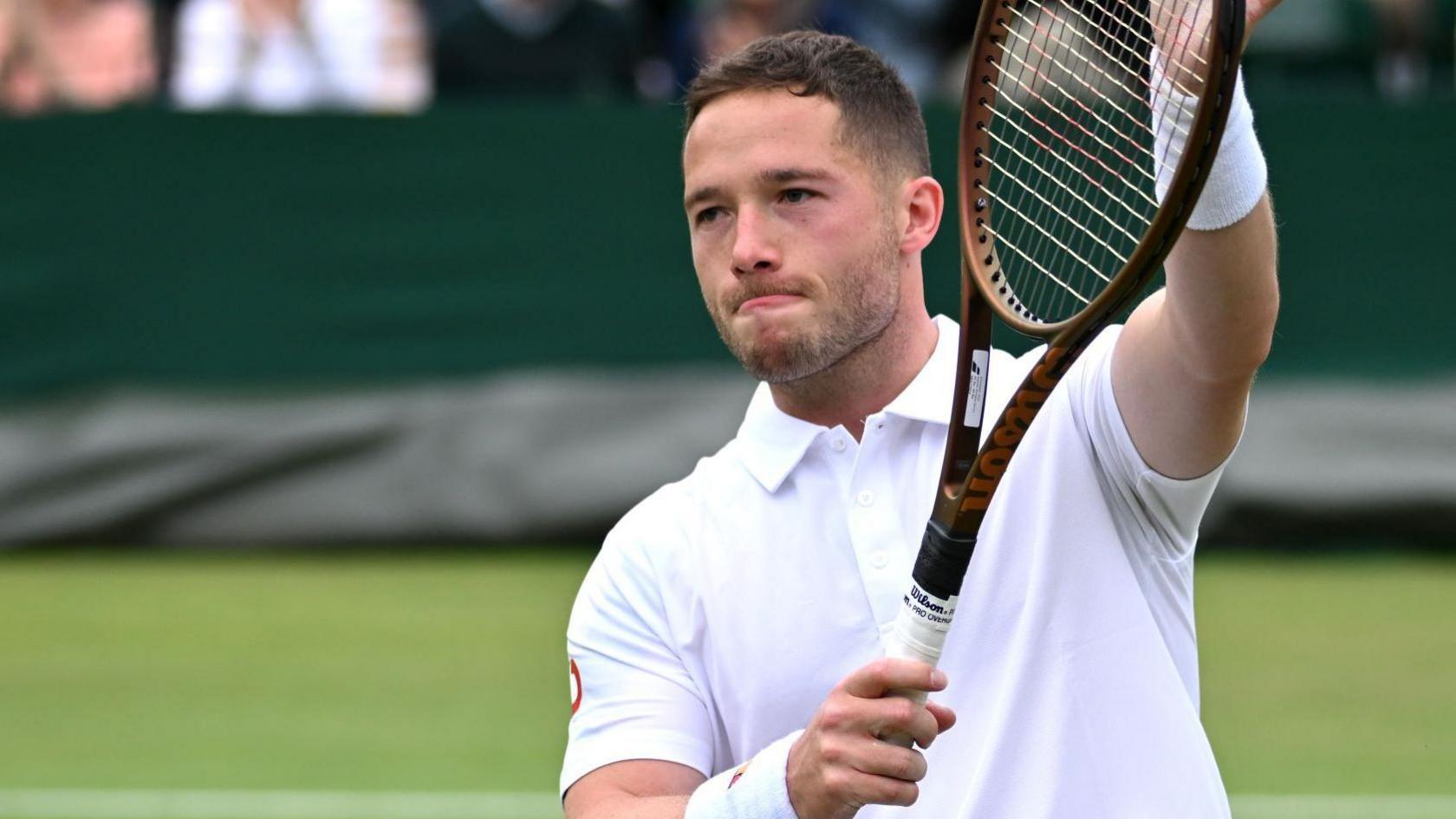This year has been a coming of age for Jack Draper.
His US Open semi-final run drew the attention of a wider audience, but that breakthrough had been months in the making.
In June, the 23-year-old left-hander won his first ATP Tour title in Stuttgart and became the new British men's number one.
That led to a career-best major performance in New York, breaking into the world's top 20 and winning his biggest career title in Vienna.
Becoming better equipped physically to deal with the rigours of the ATP Tour has been a key to his success, although he is still working on solving the issues that have led to on-court sickness.
"I feel like I've changed so much as a person in the last six months," Draper said.
"I'm hoping as time goes on I'll be able to manage these things better and become the player I want to be."


